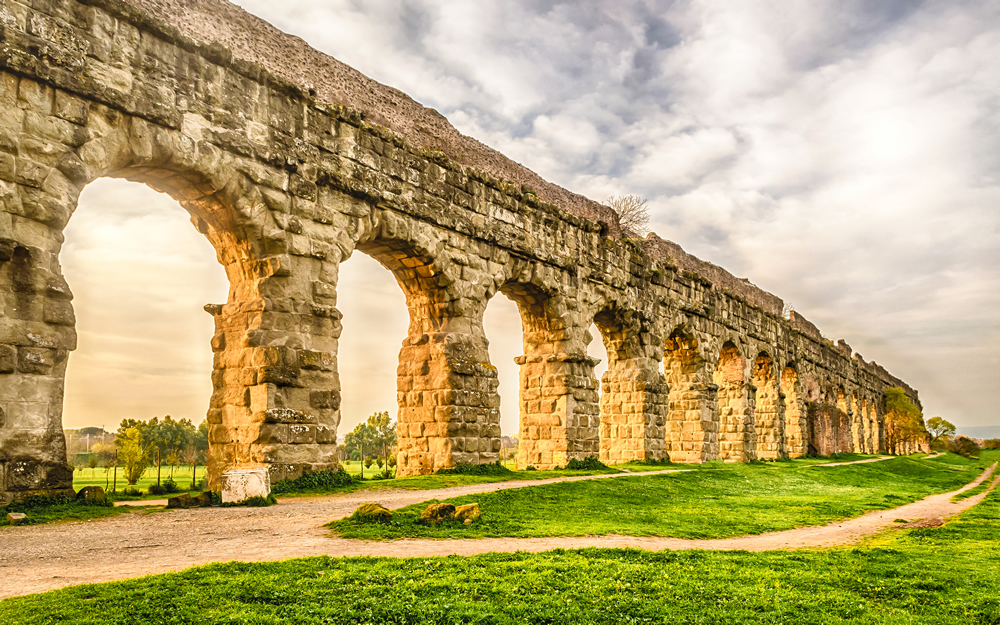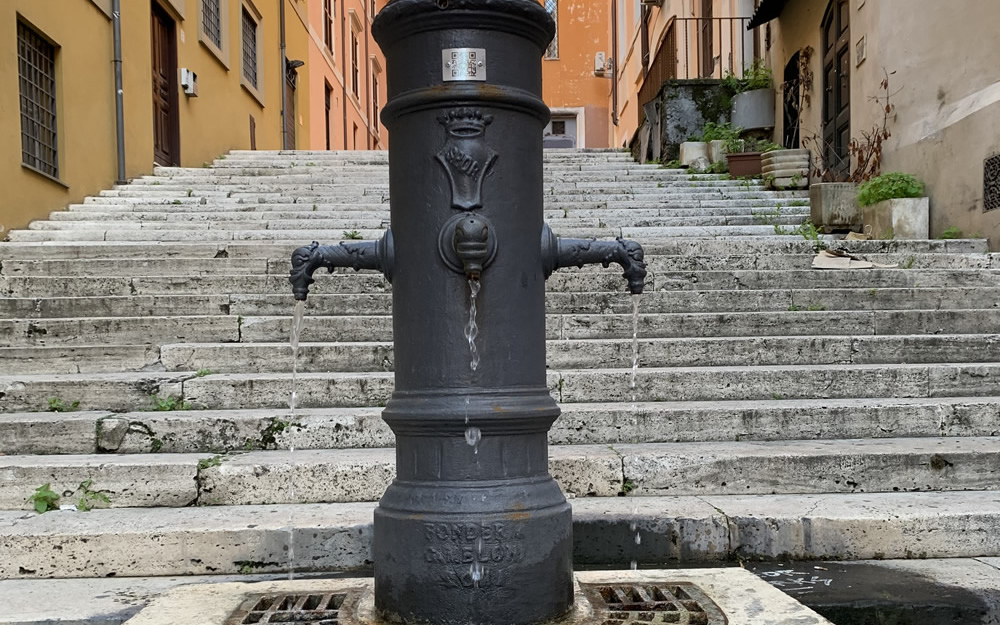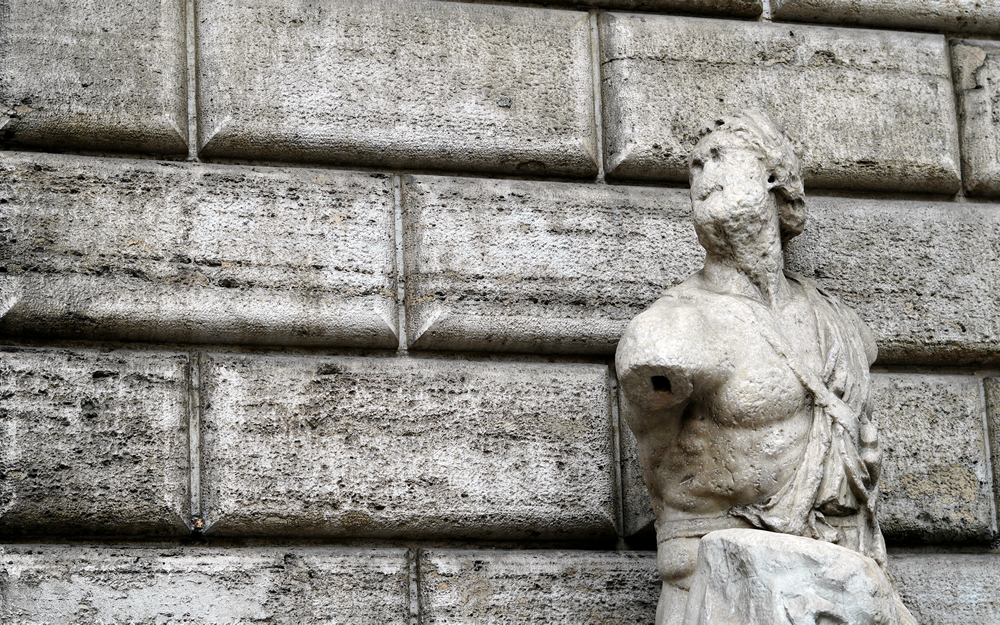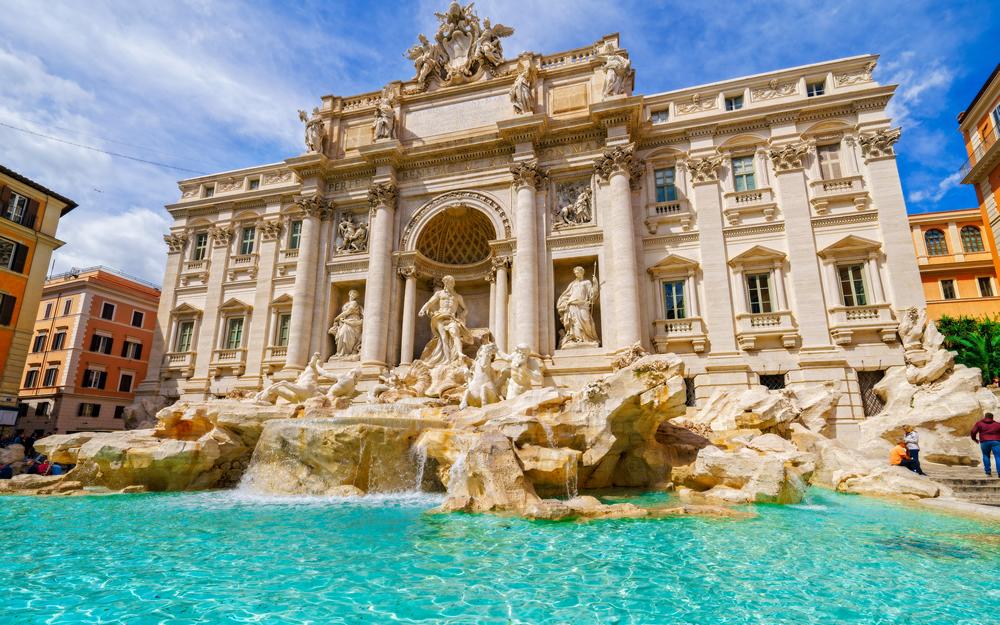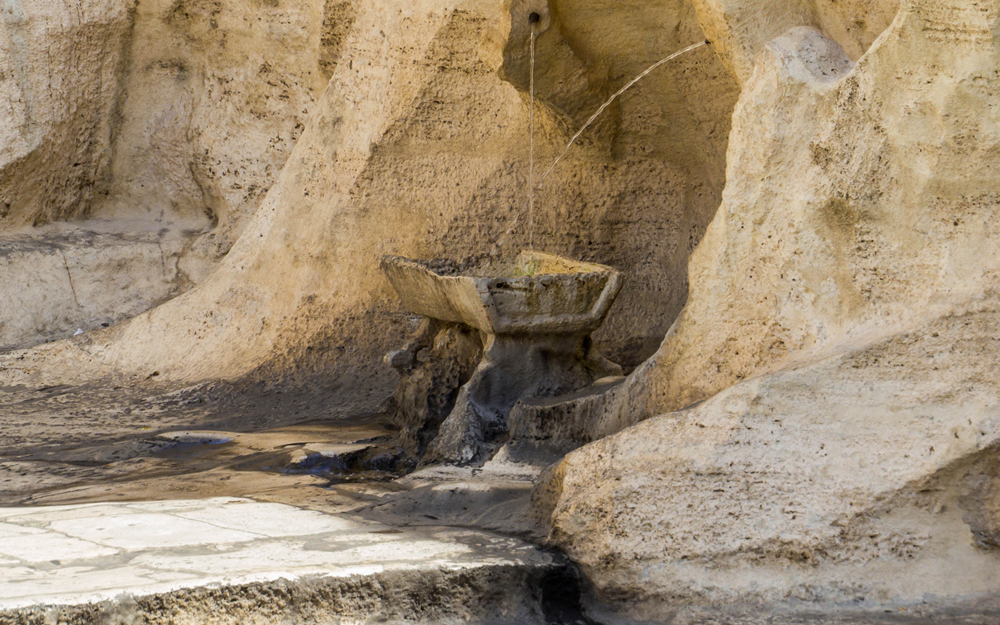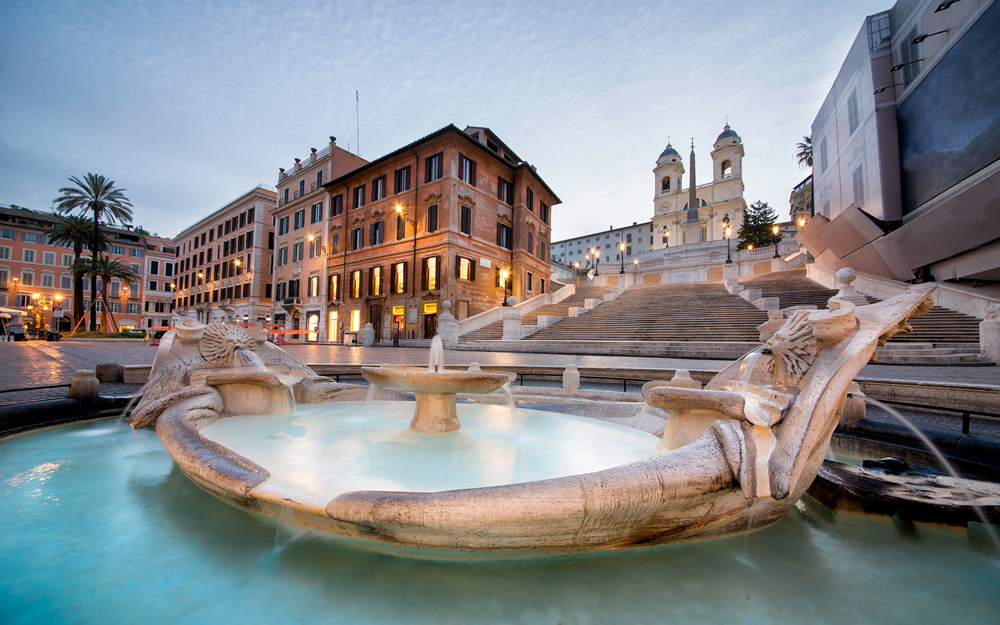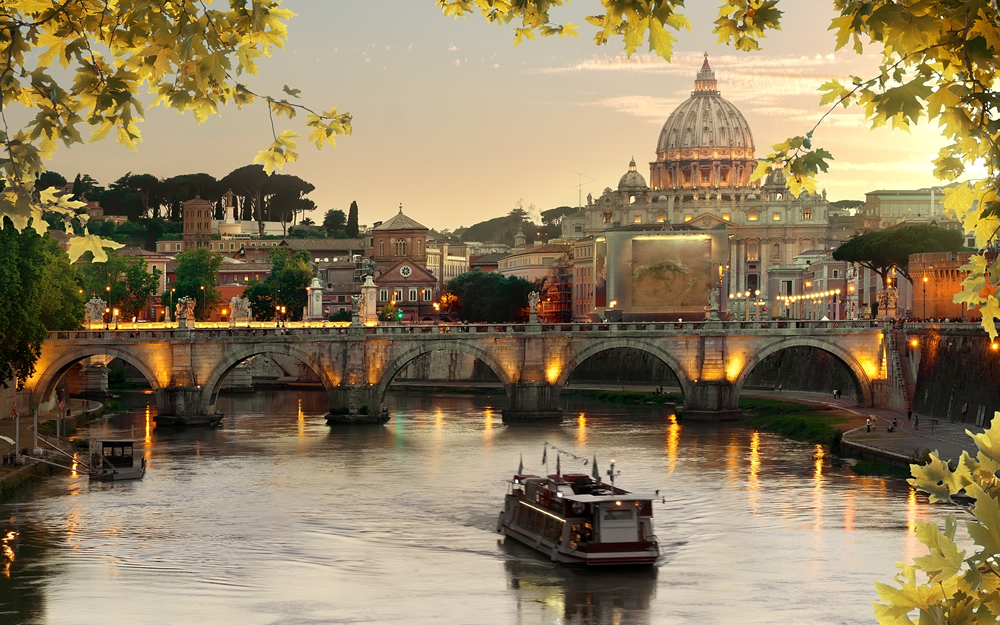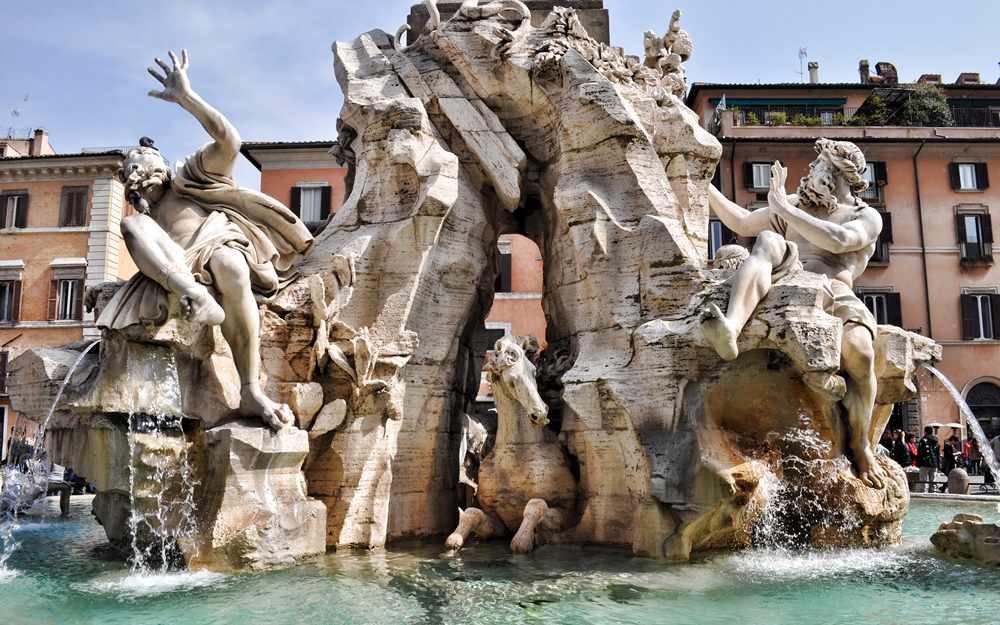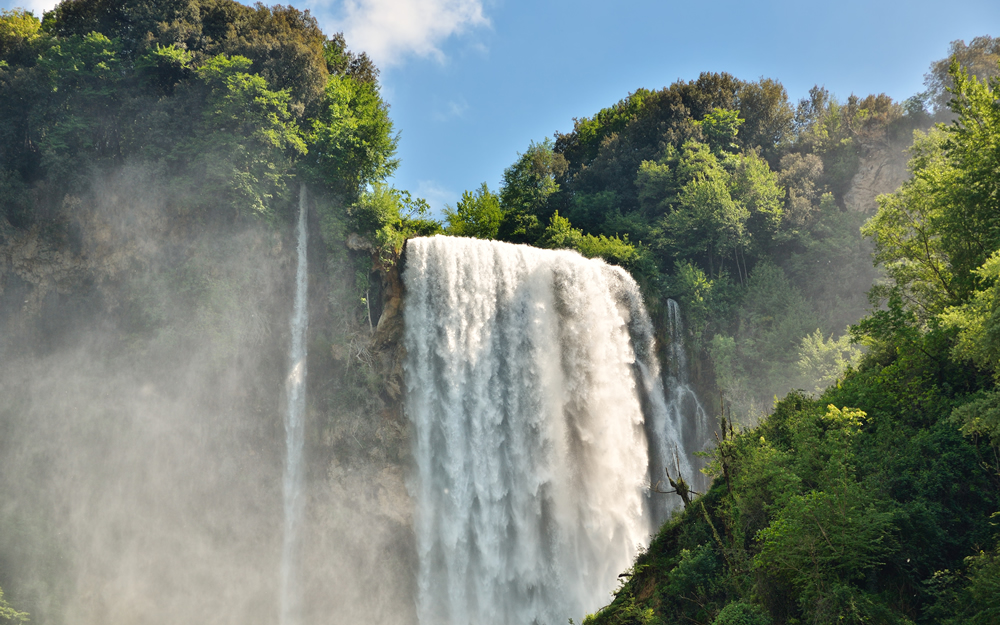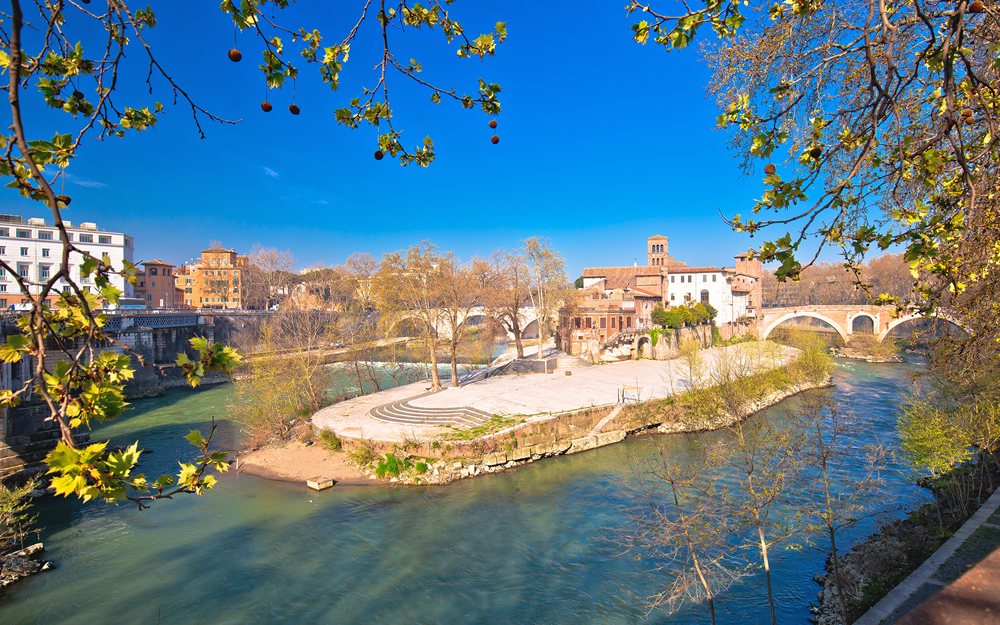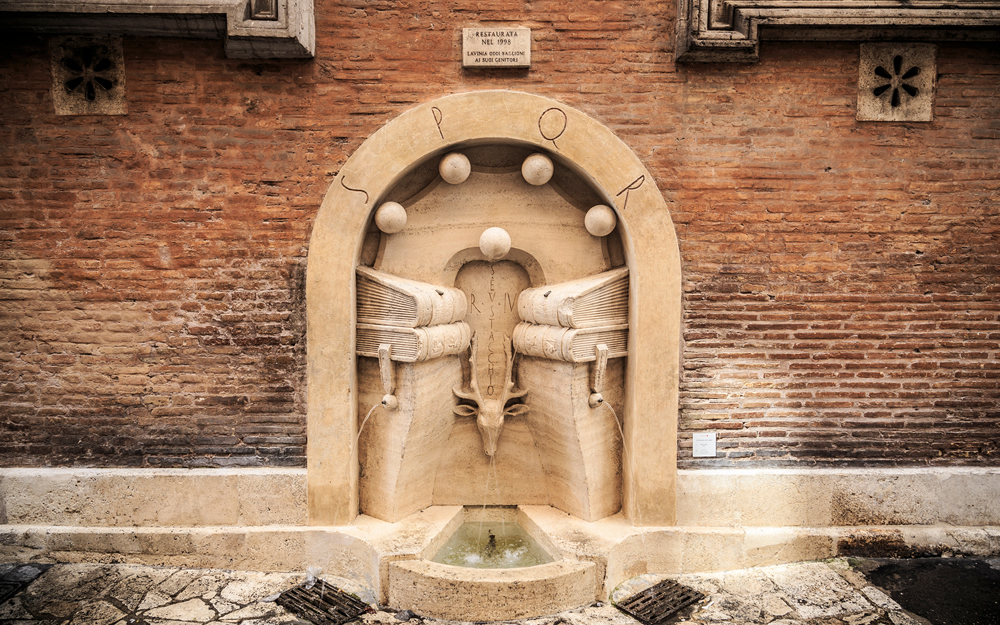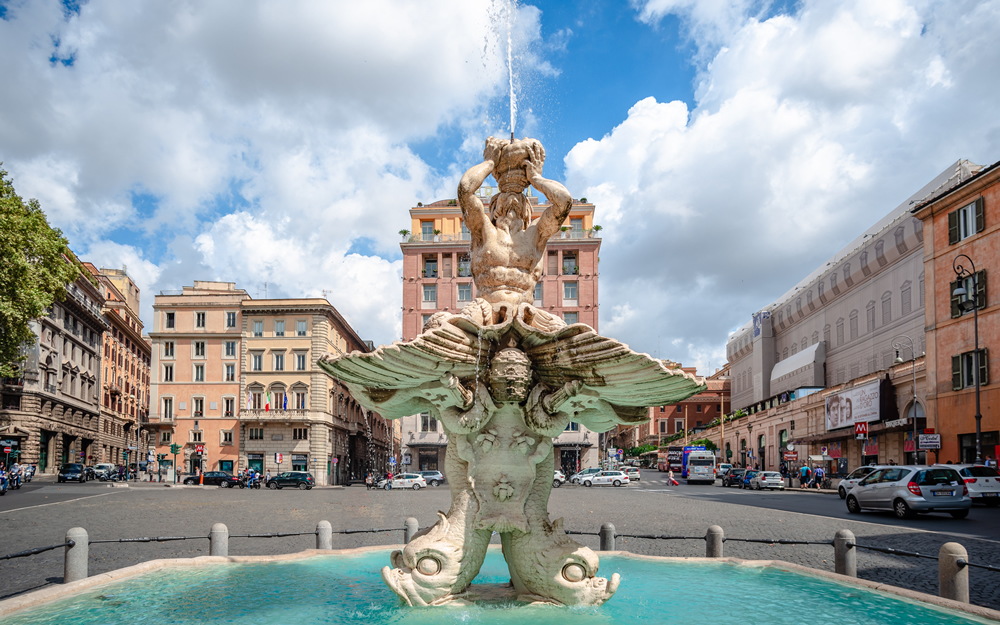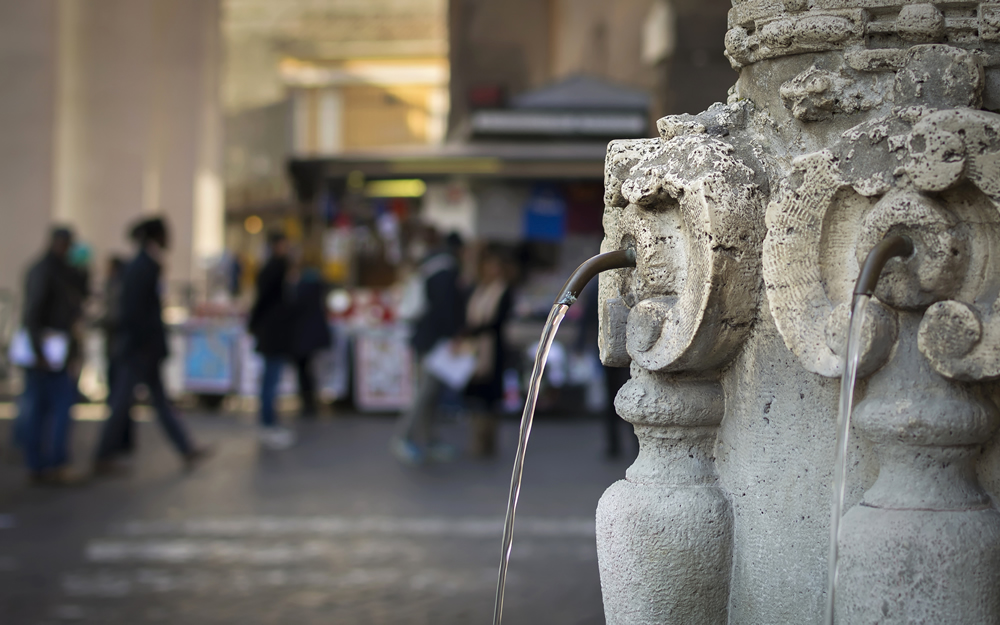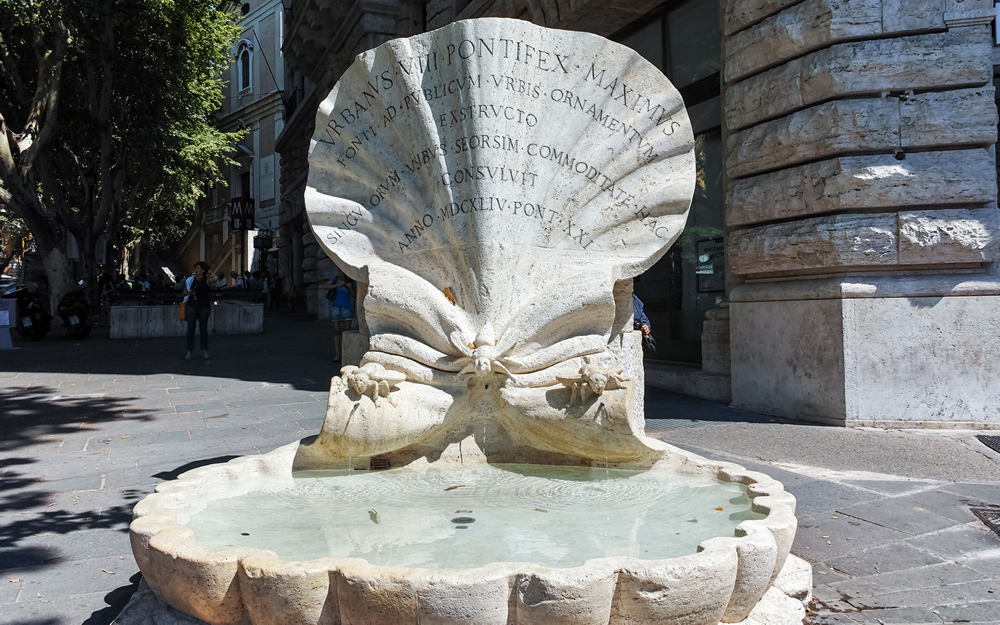- Home /
- Voice from the city /
- The Turtle Fountain in Rome – From History to Legend
The Turtle Fountain in Rome – From History to Legend
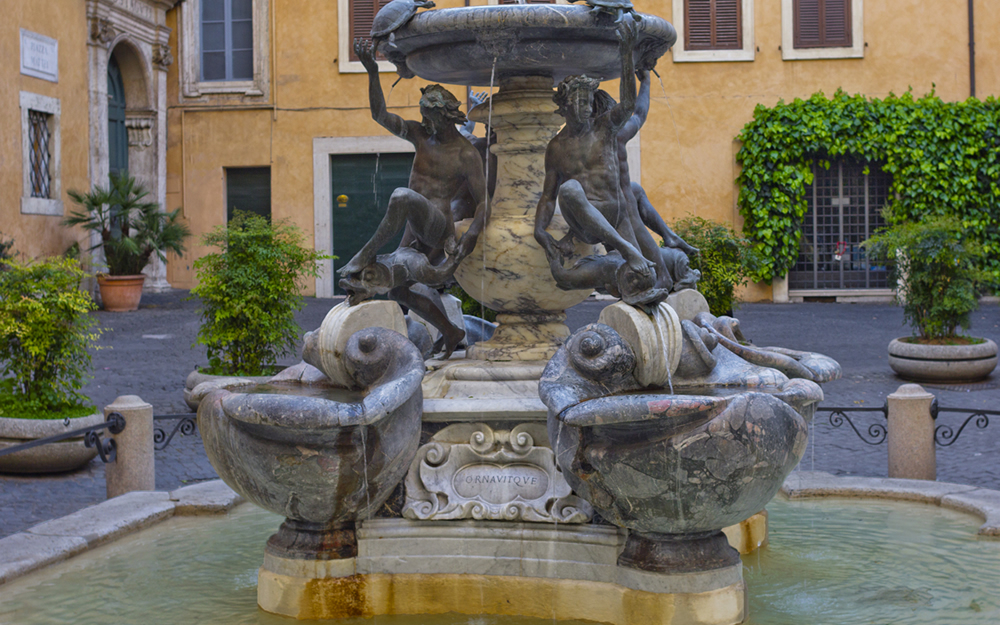
Rome and its fountains, an inseparable pair. The historic center of the capital is scattered with these monuments that tell the story of the city. Among these, there is the beautiful Turtle Fountain in Piazza Mattei, in Rione Sant’Angelo – a great example of a late sixteenth-century monument. Let’s discover together how important it is... along with some fun facts.
The Turtle Fountain in Rome: features and materials
This beautiful Renaissance fountain was built out of marble and
bronze. It is located in Piazza Mattei, in the heart of the historic
center of Rome, between the Jewish Ghetto and the area of Torre
Argentina.
The base of the fountain is a square basin
supported in the center by four portasanta marble shells. These
shells hold up an amphora which, in turn, is at the base of a round
basin made of African marble. Over the edge of this basin are putto
heads, which allow the excess water to pour out.
The basin is supported by four young men, called
ephebes, that are made of bronze. They are all in the same pose:
seated on the amphora, leaning against it with one arm, while the
other arm supports the basin containing water. They all have one
foot on a dolphin, which makes the water flow into the four shells
at the base.
On the edge of the upper basin, there are the
4 turtles that give the fountain its name. They
seem to be held up by the ephebes so that they can drink.
The fountain’s construction is complex and well-structured. The
multiple sculptures and the use of
marble of different colours and shades are
representative of a remarkable manneristic style. This is also why
the Turtle Fountain in Rome is a hidden gem worth admiring
attentively in person.
The Turtle Fountain in Rome: Some Historical Facts
The Turtle Fountain in Rome was built between 1581 and 1588. It was designed by Giacomo Della Porta and built by Taddeo Landini, both of whom were important Italian sculptors and architects of that time. Construction on the fountain began after the restoration and expansion of the Aqua Virgo aqueduct, completed in 1570. This aqueduct is actually one of the most important hydraulic works of the Roman era - and it is still operating today!
Did you know that the Turtle Fountain in Rome… didn’t have any turtles?
As we know it today, the highlights of this wonderful basin are the
turtles and the ephebes. But perhaps not everyone knows that at the
end of the 1500s, when it was built,
there were no turtles at all!
They were added several decades later in the mid 1600s, at the
behest of Pope Alexander VII; they are attributed to Bernini or
Andrea Sacchi.
In 1944, they were stolen, but luckily they were later
recovered. There have been several thefts over time. After the last one in
1979, the three original surviving turtles were replaced with
copies, and the originals are now kept on display at the Musei
Capitolini.
The Romantic Legend of the Turtle Fountain
The splendid Turtle Fountain in Rome is also at the centre of a bizarre legend. Rumour has it that Duke Mattei, owner of the building overlooking the square, had the fountain built in one night in order to convince his future father-in-law to give him the hand of his daughter. According to the story, after an evening of great celebrations, to which the duke had also invited the father of his beloved, he made his father-in-law look out of the window overlooking the square at dawn to show him the wonderful fountain that had not been there the day before. By doing this, the duke wanted to show the man what he was capable of, and what he would lose if he didn’t give him his daughter’s hand. According to the story, the man gave him the hand of his young daughter, and the duke had the window bricked up (as it still is today) because he did not want anyone else to enjoy that wonderful view.
A Fun Fact about the Turtle Fountain in Rome
Not everyone knows that there is a
twin fountain perfectly identical to Rome’s Turtle
Fountain…
This copy is the same size as the original, and it is located in San
Francisco’s Huntington Park, where it is well-known and loved. The
copy was built in the early twentieth century and purchased by
William and Ethel Crocker for their home. In 1954, the four Crocker
sons donated their copy of the Turtle Fountain to the city of San
Francisco. And so, it was placed in Huntington Park.
The Aqueduct of the Turtle Fountain
The Aqua Virgo supplies this splendid monument. In fact, the Turtle Fountain was built during the second half of the 16th century, between 1581 and 1588. Just a few years earlier, after the restoration of the Aqueduct Virgo in 1570, it was decided to build a series of fountains to bring water to Rome's most populous districts.
The same Aqua Virgo also supplies the Trevi Fountain and the Fountain of the Four Rivers in Piazza Navona.
How to get to the Turtle Fountain?
Curious to see these cute turtles? You can easily reach Piazza Mattei and admire the Fountain of Turtles during a walk in the center of Rome. If you're traveling by subway on line A, get off at Barberini; if you're on line B, get off at Colosseo: in about 20 minutes you'll reach Piazza Mattei.
If you are in Trastevere, how about making the most of a nice day? Walk across the Tiber Island to the Fountain of Turtles, the water point is just a few steps from the Tiber, past Ponte Garibaldi.
A Heritage to Be Discovered… Just a Click Away!
The Turtle Fountain is just one of the many wonderful fountains
scattered throughout the historic center of Rome that tell the story
of the city. They are testaments to the past, to the popes who
commissioned them, to the great artists, sculptors, and architects
who made them, and to history, that has sometimes featured them as
its main characters.
For history buffs, art lovers, and anyone who simply wants to
discover stories and fun facts, there is the
Acea Waidy Wow app: it
allows you to geolocate
the nearest fountain with drinking water, among
more than 50,000 water points in the area, and discover every secret
about the most beautiful monumental fountains.
But that’s not all – with just one click, you can get lots of
useful information about the quality of the water
you are drinking, learn about free, sustainable, healthy
alternatives to plastic bottles, and actively contribute to reducing
environmental pollution.



